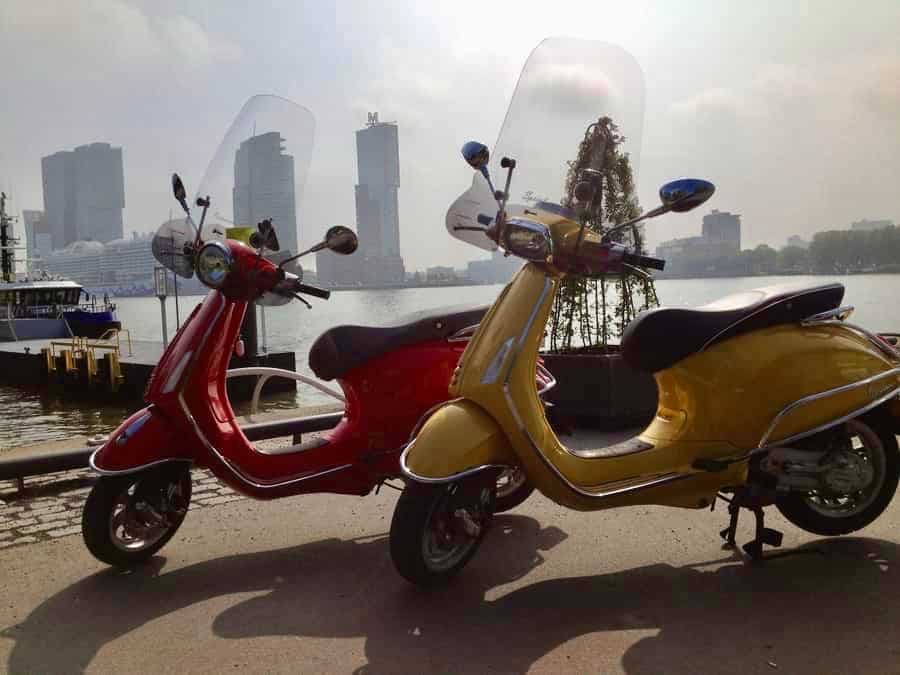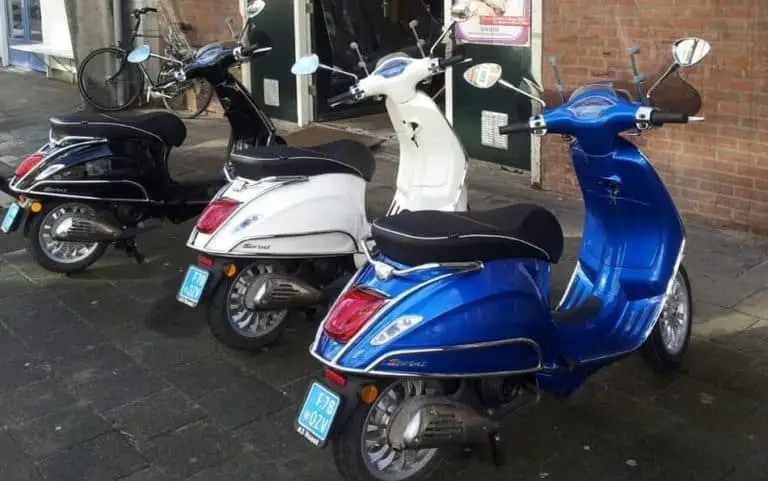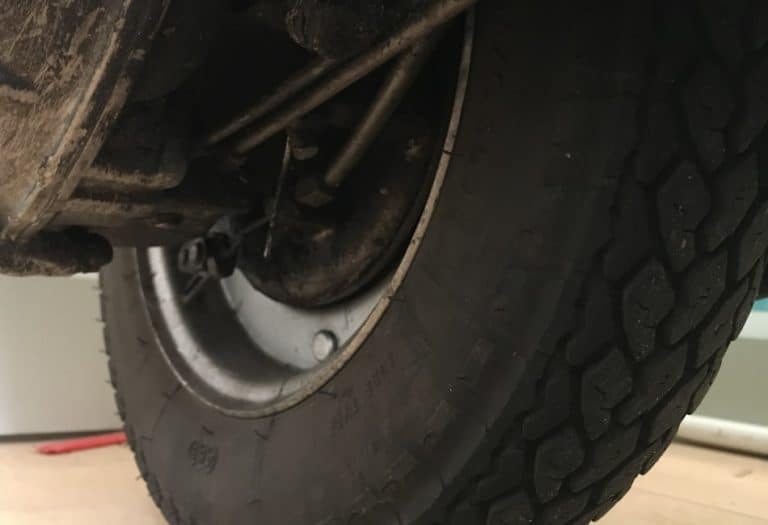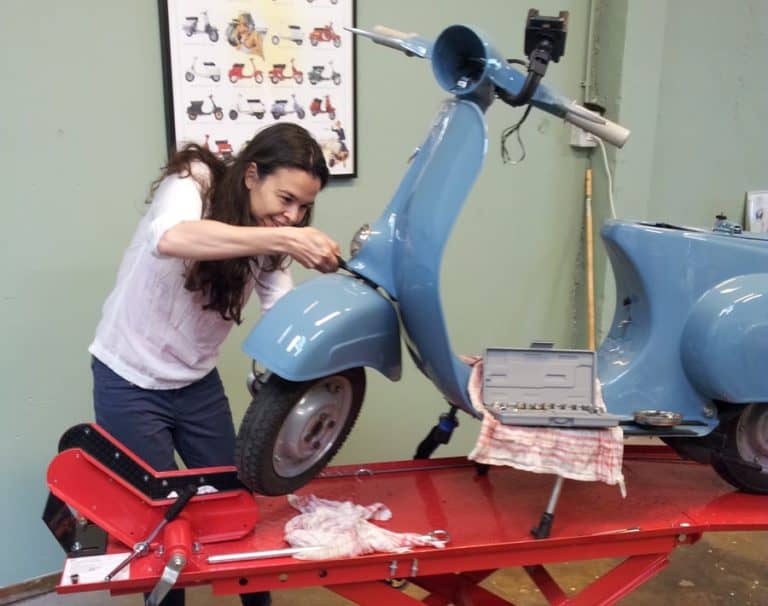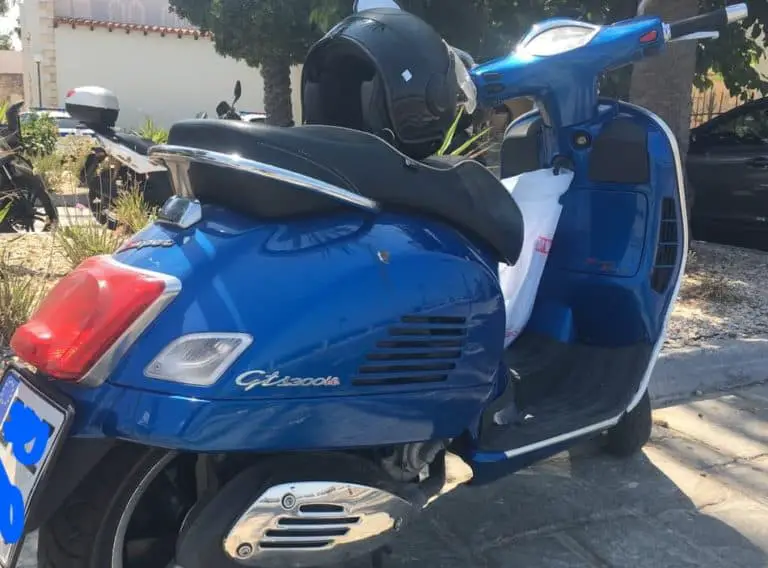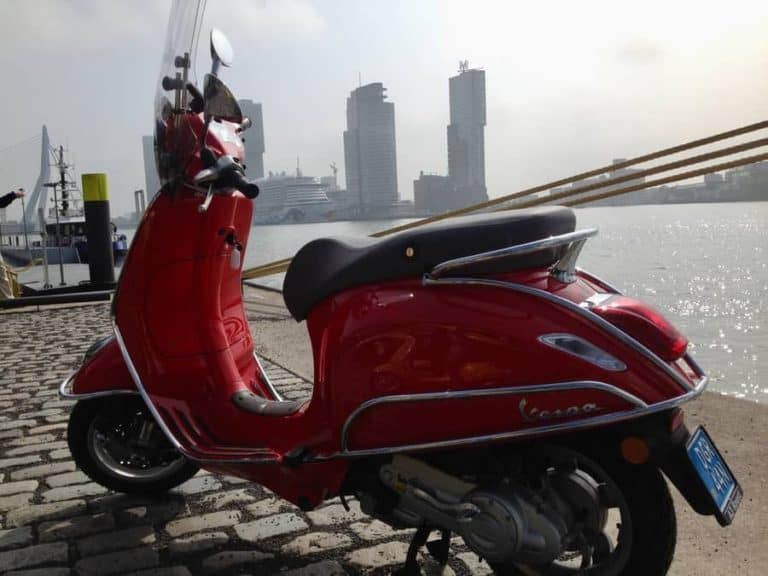What Does A Vespa Run On? Ways To Keep It In Top-Notch Condition
When you go to a gas station and look at all the options, you might wonder what your Vespa needs to drive as efficiently and smoothly as possible. If you choose the wrong gasoline then this can cause long-term damage to your Vespa engine.
So what does a Vespa run on? A Vespa needs gasoline and synthetic engine oil. It’s important to choose the correct gasoline. For the USA this would be ‘octane rating 91 (AKI)’ and for Europe ‘Unleaded 95 (RON) E5’. These are often the most expensive. Oil ensures lubrication of moving engine parts and is just as important as gasoline.
Gasoline can have various octane ratings. In the USA ‘Octane 87’ is the lowest, while ‘Octane 91-94’ is considered premium gasoline. In Europe, you can get Unleaded 95 E5 or E10 and Unleaded 98. Do these types of ratings make a difference for your Vespa? Let’s have a look.
Can I use other gasoline for my Vespa than recommended by Piaggio?
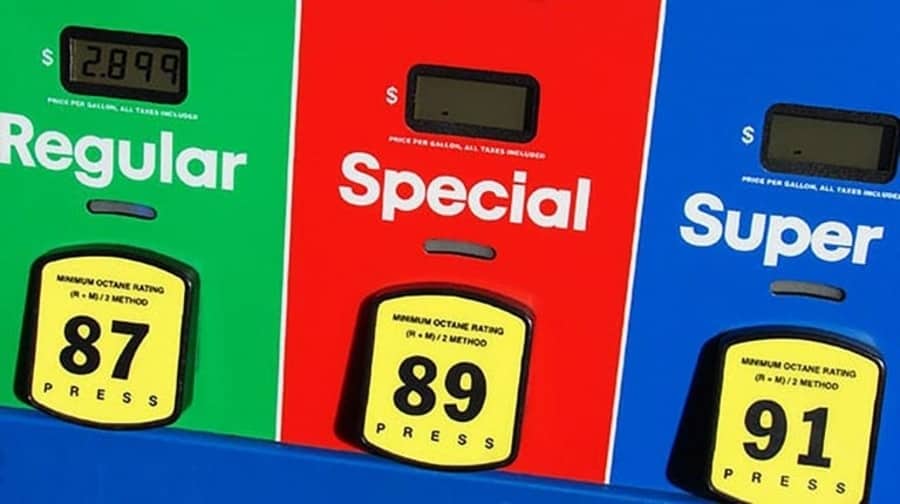
The Vespa manual recommends using unleaded gasoline with a minimum octane rating of 95 which is equivalent to the octane rating of 91 in the USA. If you can’t find a gas station that sells this type of gasoline then it is ok to use something else but best not to fill it up.
The recommended gasoline is premium stuff, so you will pay more. Luckily the Vespa is pretty efficient so it will not kill the bank.
The advantages of using the correct octane level gasoline for your Vespa are:
- To avoid detonation or knock in the engine. Detonation can result in pre-ignition damages to the spark plug and piston
- It increases the reliability of your engine
- Low octane gasoline tends to break down within a couple of months. This can varnish the fuel system. So if you leave it in the tank too long it can damage your scooter. An important detail for those who do not drive their Vespa often or want to store it for a long period of time.
- Higher octane gasoline has relatively higher cleaning agents which can be beneficial to engines. Especially engines that are pretty worn or are starting to show some defects.
- Theoretically driving with a higher octane level will save you money in the long run. While low-level octane gasoline or gasoline lower than unleaded 95 E5 might be cheaper it can damage your scooter which will eventually lead to higher maintenance costs. Gasoline with less octane also combusts quicker, so you will need to visit the gas station more often.
Should I use Unleaded 96 E5 or E10 for my Vespa?
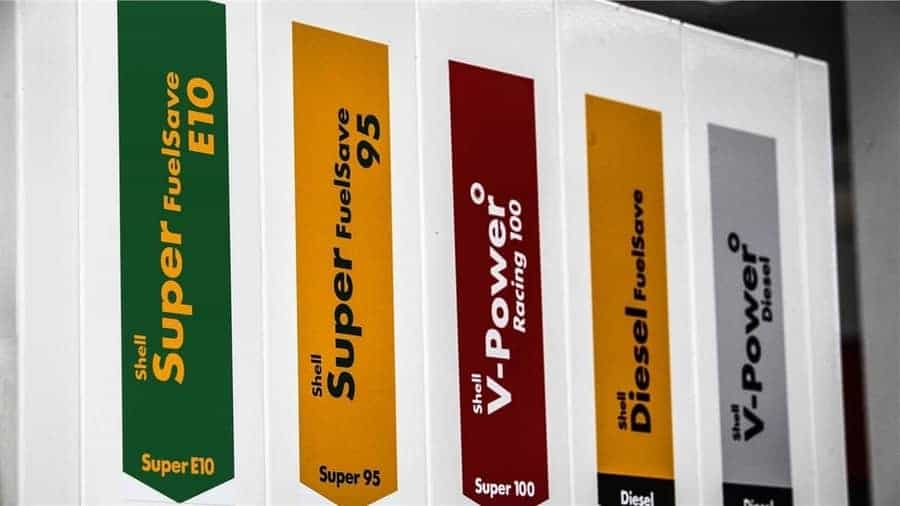
Besides octane levels, gas stations also sell gasoline with different Ethanol percentages. In Europe, you can find more places where you can choose between Unleaded 95 E5 and Unleaded 95 E10. The latter is usually cheaper.
Since your precious Vespa loves expensive stuff, you need to pay a bit more for its gasoline too. If you can choose between unleaded 95 E5 or E10 then you must go for E5. This is not because expensive is better. In this case, E10 can damage your engine severally. So don’t use it at all costs.
The difference between E5 and E10 gasoline is the ethanol levels. E5 gasoline has 5% ethanol and E10 has 10%. Ethanol is basically alcohol. Alcohol absorbs moisture. Moisture is the last thing you want in your tank or engine. This will cause corrosion and rust. Ethanol by itself also causes damage to the rubber.
Using low octane gasoline for your Vespa is like eating fast food every day.
It will still work but will break down in the long run.
Rubber is important in an engine to prevent liquid leakage and air from flowing in. If it gets damaged, little rubber particles, rust, and corrosion can enter your engine and cylinder. Naturally, this decreases your Vespa’s performance or it even prevents your Vespa from starting again.
So it is in the long run pretty crucial you use gasoline with the lowest Ethanol percentage.
If you have been using E10 gasoline instead of E5 then you should change immediately. Once you notice a decrease in your Vespa performance then it is wise to have your Vespa looked at. It is possible that your cylinder is dirty and needs to be cleaned or replaced.
Is your Vespa still driving ok? Then you can add some ‘E10 fuel fighter’ to your gasoline to prevent further damage. This liquid lubricates moving parts of the engine. Additionally, it protects against corrosion and cleans the valves and injectors.
Which oil should I use for my Vespa?
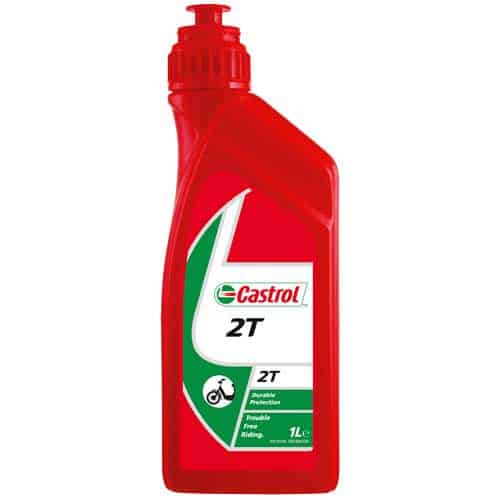
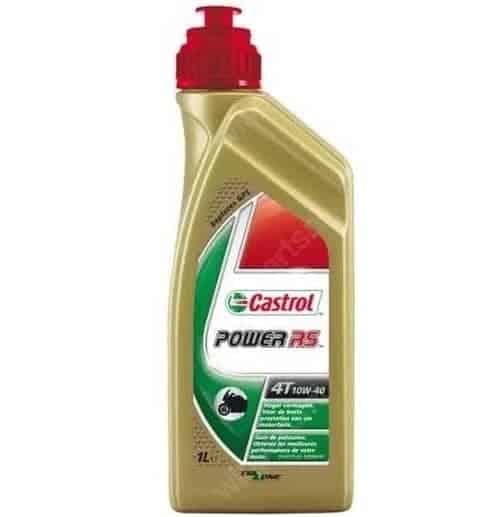
Engine oil is just as vital as gasoline. It provides lubrication for moving parts such as the cylinder. Additionally, it cleans and cools the engine. The type of oil depends on the type of Vespa engine. It is important to use the correct one to prevent damage to your scooter.
Vespa models can either have a 2-stroke or a 4-stroke engine. The oil for these engines are not interchangeable for the following reasons:
- The oil of a 2-stroke engine needs to be mixed directly with the gasoline. So this type of oil needs to be able to dissolve with the gasoline and burnt in the combustion chamber of the engine before it is emitted straight into the environment. For a Vespa, you should use quality semi-synthetic oil made specifically for scooters, such as Castrol. Cheap 2 stroke oil which can be used for boats or chainsaws will damage your scooter.
- The purpose of the oil for a 4 stroke engine is to protect the valves, keep the engine clean and lubricate parts of the engine. The big difference with the 2-stroke engine is that it is not consumed. Instead, it flows back into the crankcase.
When you read the labels you will soon know if the oil is for a 2- or a 4-stroke engine. But now comes another detail that can cause some confusion. The oils can have various numbers. For scooters, the most common are 10W40 and 5W40.
10W40 or 5W40 engine oil, which one for your Vespa?
It can get pretty confusing once you start discovered there is a large choice of oils. You should always check your Vespa manual to know exactly which one to use. The most commonly sold engine oils for scooters are 10W40 and 5W40.
The first digits indicate the temperature the engine oil is made for. So ’10’ is for Vespas that need to start up in temperatures of 10 Degrees Celcius/ 50 Fahrenheit. Colder temperatures need to have engine oils starting with ‘5’, as in 5 Degrees Celcius/40 Fahrenheit. The ‘W’ indicates Winter.
So 10W40 will be less reliable for starting up the engine in cold climates than with the 5W50.
The last two digits, in this case, 40 and 50 indicate the thickness of the oil. 40 is thicker than 50 and therefore lubricates moving engine parts better. Ideal for engines with older parts or higher mileage.
The weather and the engine condition will determine which engine oil is suitable for your Vespa.
Do you need to change the engine oil of a Vespa?
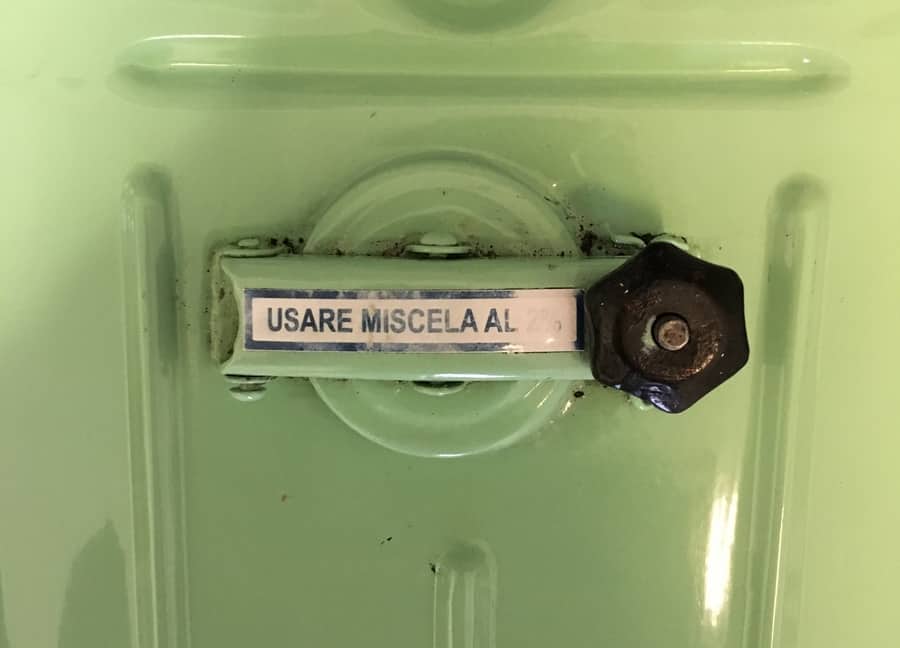
The synthetic engine oil for a Vespa needs to be checked, added, and/or replaced regularly. Synthetic oil is more expensive than conventional oil.
A 2-stroke engine needs less attention than a 4-stroke engine Vespa. As mentioned earlier, for a 2-stroke engine you need to pour the oil directly with the gasoline. The amount of oil depends on the amount of gasoline. The oil will be mixed with the gasoline and will lubricate the engine.
The oil combusts together with the gasoline and then ‘magically’ disappears. You will then need to add oil again the next time you hit the gas station.
A 2-stroke is incredibly bad for the environment, and that is the biggest reason why newer Vespa models have a 4-stroke engine.
The 4-stroke on the other hand needs a bit more attention when it comes to oil. Since the oil circulates through the 4-stroke engine in order to clean it, the oil gets dirtier over time and loses its purpose. So to ensure the performance of your Vespa you need to know if your oil is still good enough.
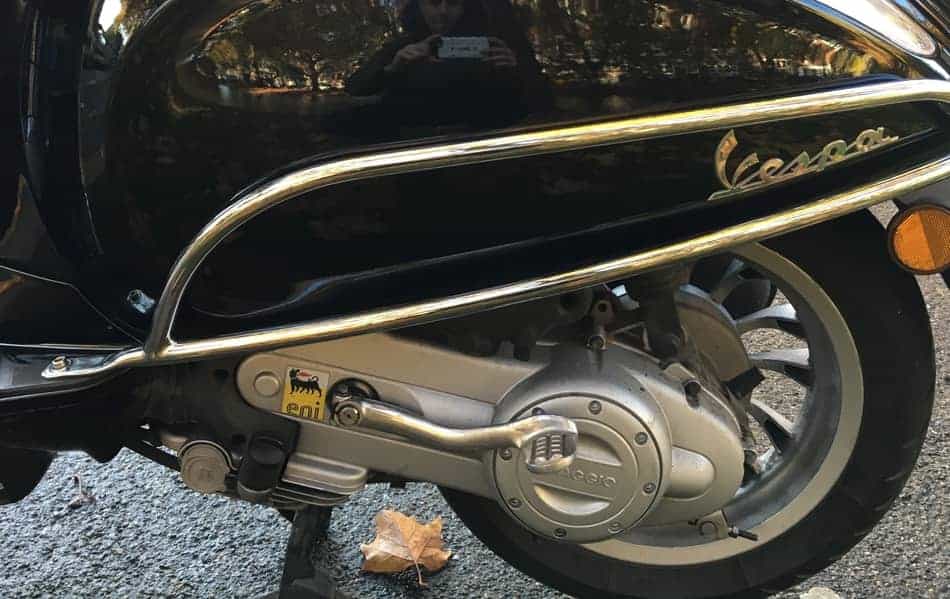
Things you need to do to maintain the performance of your engine oil:
- Check the oil levels regularly. Low oil levels can damage the engine, while high oil levels can cause the oil to reach the fuel compartment. If the latter occurs, you can use a soap dispenser pump to get the access oil out.
- Check and if necessary replace the oil every 3000km/1850miles (or every 6 months if mileage is not met)
- Replace the oil every 6000km/3750miles (or every year if mileage is not met)
- When replacing the engine oil, don’t forget to replace the oil filter too. The filter catches little metal, dust, and other particles from the circulating engine oil.
You can have your oil and filter replaced during one of the service checks at a maintenance shop. It is possible to do it yourself as well. Do make sure you dispose of the engine oil properly. It is illegal and very harmful to pour it in the sink or anything similar.
The great thing is the engine oil is recyclable if you drain it from the crankcase properly. Try to pour the dirty oil back into the original or an unused plastic container. Be careful not to mix the oil with any other type of fluid, even traces of it. Unfortunately, the oil will not be able to be recycled if this happens. Close the lid properly and bring it to a recycling facility.

